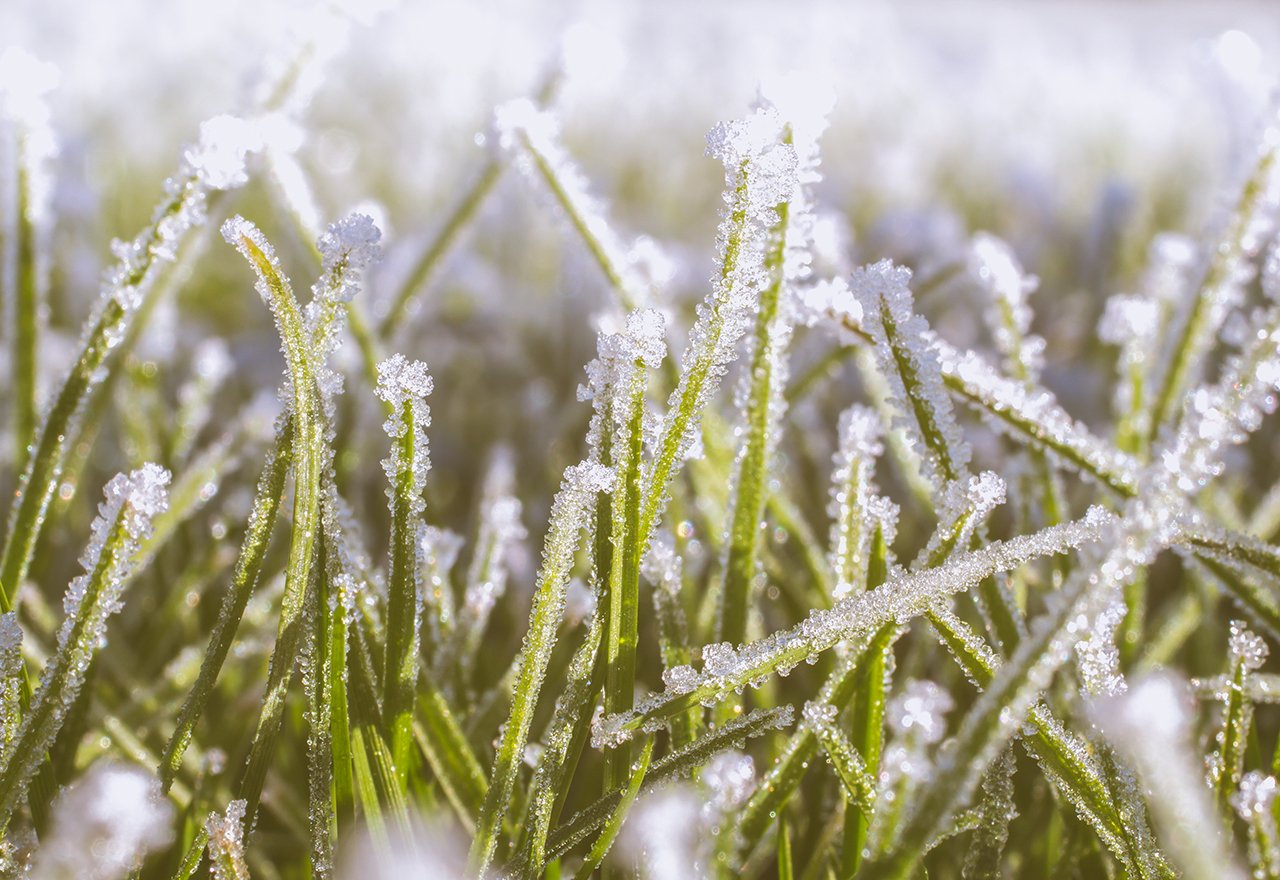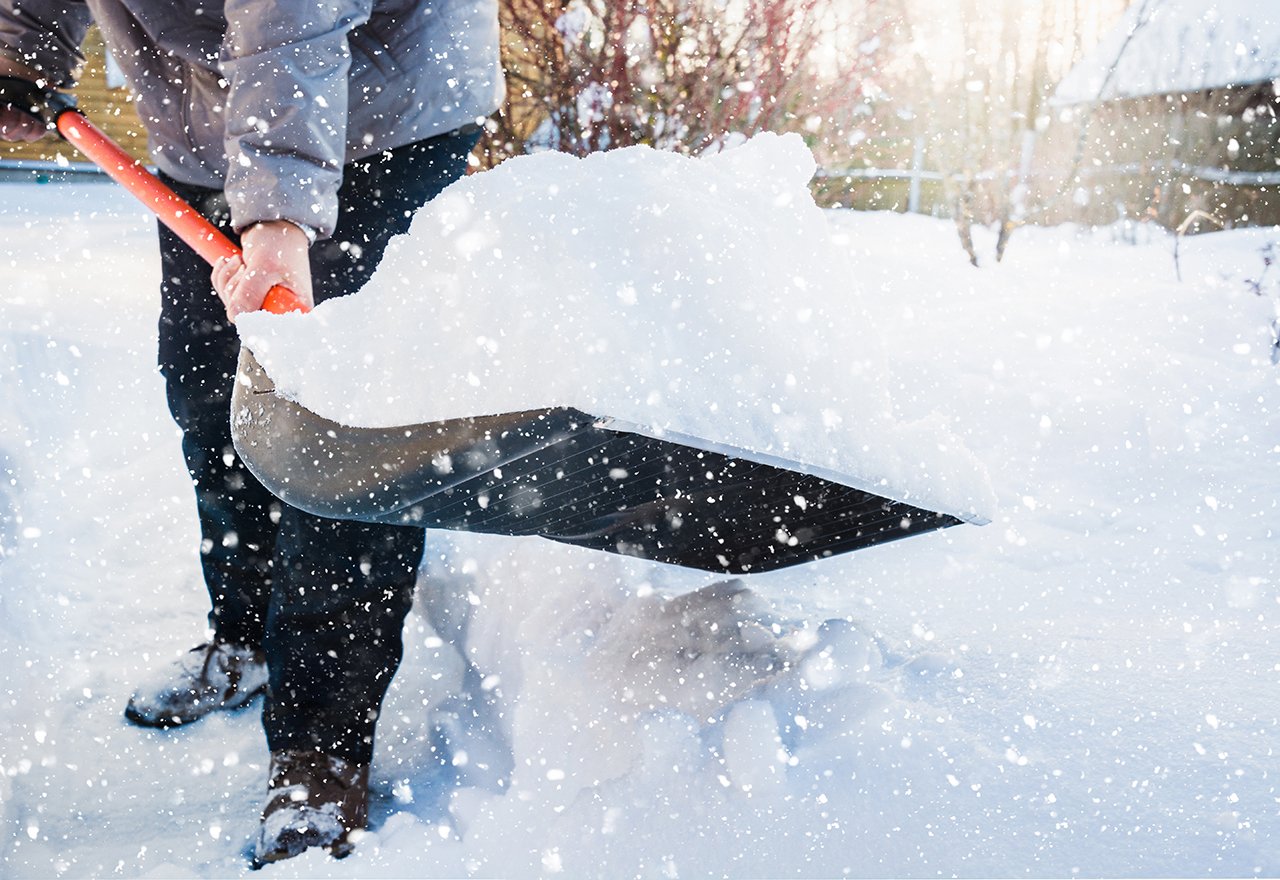3 Ways to Protect Your Plants This Winter!
by Alec McClennan, on January 31, 2014
Winter Plant Care Tips

Tip 1: Use Salt in Moderation
De-icing salts are useful for keeping walkways clear of slippery ice, but are toxic to most plants. Use caution when applying salt to prevent it from getting onto lawns and planting beds. If de-icing salts have gotten into beds or on lawns, flushing these areas well with water in the Spring may help to prevent damage to plants by diluting the salt and preventing salt build up in the soil.
We recommend Magic Salt because it contains natural materials that make it more plant friendly but it should still be used in moderation. Click Here to Purchase Magic Salt with Free Home Delivery (to our service areas in Cleveland, Akron, Columbus, and Indianapolis).
Tip 2: Water in the Winter?
Evergreen plants can lose moisture during the Winter through their leaves, especially during cold days when it is sunny or windy. However, this water can not be replaced when the soil is frozen. This can result in tissue desiccation, where the foliage turns brown and may fall off. This can be a serious problem with broad-leafed evergreens such as Rhododendron, Holly, Boxwood, and Evergreen Azalea. Watering the soil around these plants in the mid-Winter, when the temperature is above freezing, can help replace the moisture lost.

Tip 3: Be Careful Where You Pile Snow
While wet snow and ice can cause damage to trees and shrubs, normal snow fall does not cause damage. Snow is a good insulator and can be beneficial for protecting plants from cold weather injury. However, snow thrown from a snow blower or snow shovel or pushed by a snow plow becomes much denser than normal snow and can cause damage. Avoid pushing or throwing snow into beds containing woody plants.
Check out this Helpful Video Featuring Good Nature Organic Lawn Care on Channel Five for some More Tips!












